In the heart of the tech industry’s innovation hub, San Jose, California, a remarkable success story unfolded – the journey of Adobe Inc. Originally known as Adobe Systems Incorporated, this American multinational software giant has left a mark on the world of digital creativity and marketing. Since its inception in December 1982, Adobe has been at the forefront of revolutionizing content creation, unleashing the creative potential of millions around the globe.
Adobe’s core mission has always revolved around empowering individuals and businesses to unleash their creative potential. With a focus on software solutions spanning graphics, photography, illustration, animation, multimedia, motion pictures, and print, Adobe has been the driving force behind countless masterpieces. At the heart of this creative revolution lie iconic products like Adobe Photoshop, Adobe Illustrator, and the game-changing Portable Document Format (PDF).
One of Adobe’s most significant contributions to the world of digital content creation was the introduction of Adobe Creative Suite. This bundled solution was a game-changer for professionals across various domains, enabling them to harness the power of Adobe’s diverse toolset. Over time, this evolved into Adobe Creative Cloud, a subscription-based software as a service (SaaS) offering, ensuring that the latest creative tools are always at the fingertips of creators.
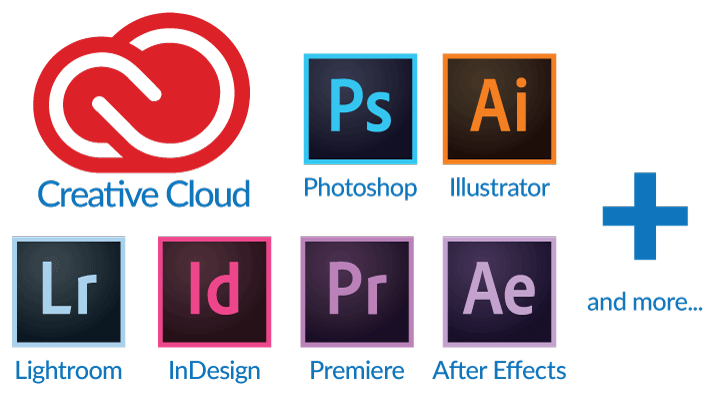
From Page Description to Digital Transformation
The Adobe success story began with the visionary minds of John Warnock and Charles Geschke, who founded the company to develop and market the PostScript page description language. This technology, once licensed by Apple Computer for its LaserWriter printers in 1985, ignited the desktop publishing revolution, forever changing the way content was created and printed.
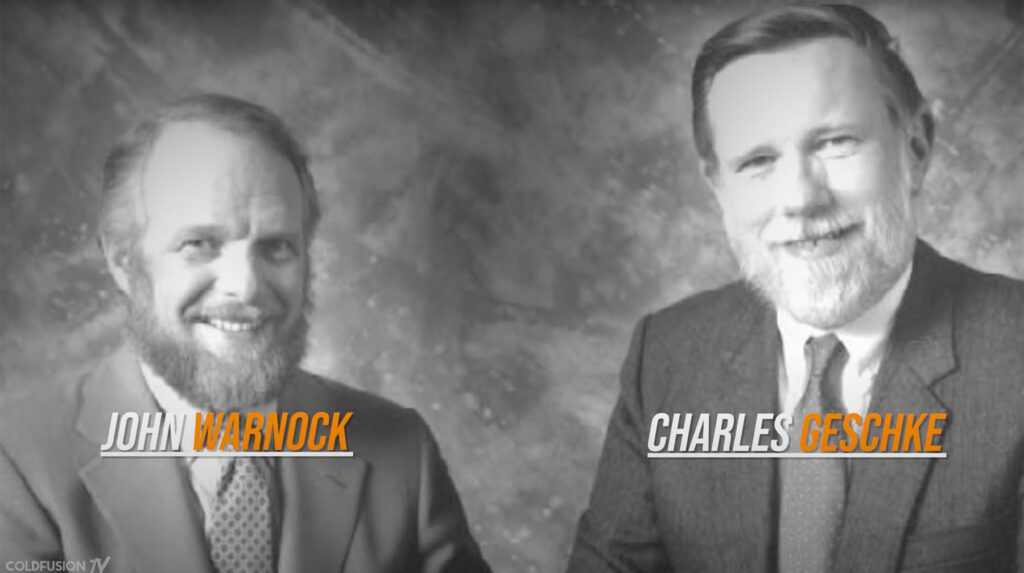
Adobe’s journey didn’t stop there. Through strategic acquisitions, it ventured into animation, multimedia, and video editing, acquiring Macromedia and pioneering software like Adobe Flash and Adobe Premiere Pro. It also delved into low-code web development with Adobe Muse and created a suite of digital marketing management tools.
As of 2022, Adobe stands as a global powerhouse with over 26,000 employees worldwide. Its development operations span across the United States, from Newton and New York City to Arden Hills, Lehi, Seattle, Austin, and San Francisco. Additionally, Adobe has established significant development centers in Noida and Bangalore, India, demonstrating its commitment to fostering innovation on a global scale.
In the ever-evolving landscape of technology and marketing, Adobe has continued to push boundaries. In 2021, it was recognized as one of the top global leaders in Customer Experience Management (CXM), underlining its commitment to delivering exceptional digital experiences and enhancing customer interactions.
As we dive deeper into the Adobe success story, we will explore the key milestones, innovations, and the people behind this incredible journey. From humble beginnings to global recognition, Adobe’s story is a testament to the transformative power of creativity, innovation, and a relentless pursuit of excellence. Join us on this remarkable journey through the world of Adobe, where imagination knows no bounds, and innovation knows no limits.
Success Story of Adobe
In the world of technology and innovation, few companies have managed to capture the essence of creativity and transform it into groundbreaking software solutions like Adobe Inc. With a humble beginning in a garage, Adobe has evolved into a global tech giant, revolutionizing the way people create and interact with digital content. In this comprehensive success story, we will delve deeper into the key milestones and achievements that have shaped Adobe’s remarkable journey.
The Birth of Adobe: A Creative Endeavor
The year was 1982, and John Warnock and Charles Geschke embarked on a journey that would change the tech landscape forever. Starting their venture in Warnock’s garage, they aptly named their company Adobe, inspired by Adobe Creek in Los Altos, California, which ran behind Warnock’s home. The name itself reflected the creative and innovative spirit that would come to define the company’s software solutions.
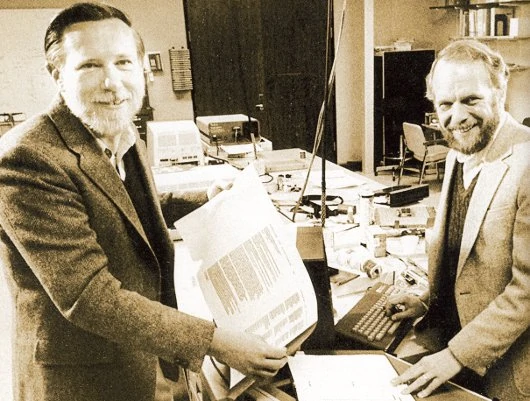
The iconic Adobe corporate logo, featuring a stylized “A,” was designed by graphic designer Marva Warnock, John Warnock’s wife. This logo became synonymous with Adobe’s commitment to visual excellence. In 2020, the company underwent a visual identity update, introducing an all-red logo that symbolized Adobe’s bold evolution and modernization.

The Apple Connection: A Historic Deal
In a historic turn of events, Steve Jobs attempted to purchase Adobe for $5 million in 1982. Warnock and Geschke, initially hesitant, eventually agreed to sell him shares worth 19 percent of the company. This deal not only marked a significant milestone in Adobe’s history but also made the company the first in Silicon Valley to turn a profit within its first year.
With their newfound resources, Warnock and Geschke decided to focus on developing specialized printing software, ultimately leading to the creation of the Adobe PostScript page description language. PostScript quickly became the first international standard for computer printing, thanks to its support for multiple languages and its extensive adoption by third-party software developers and printer companies.
From Printing to Pixels: The Digital Revolution
Adobe’s journey didn’t stop at printing; it extended into the world of digital fonts. In a proprietary format called Type 1, Adobe released its first digital fonts. This move set the stage for a showdown with Apple, which introduced the competing TrueType standard. TrueType offered full scalability and precise control over font outlines, leading to a dynamic rivalry in the font technology landscape.
The mid-1980s marked Adobe’s entry into the consumer software market with Illustrator, a vector-based drawing program for the Apple Macintosh. Illustrator’s compatibility with PostScript-enabled laser printers helped it gain immense popularity and solidified Adobe’s position as a pioneer in the digital design arena.

Wall Street Success: The NASDAQ Entry
In August 1986, Adobe achieved another significant milestone by entering the NASDAQ Composite index. This financial move was a testament to Adobe’s growing influence and financial strength. From generating approximately $1 billion in revenue in 1999, Adobe’s financial prowess grew substantially, reaching a staggering $4 billion in 2012.
Photoshop: A Game-Changing Innovation
In 1989, Adobe introduced its flagship product, Photoshop, a graphics editing program for the Macintosh. Stable and feature-rich, Photoshop quickly dominated the market, becoming synonymous with image manipulation and creative design. It set a new standard for digital image editing and played a pivotal role in establishing Adobe’s reputation for excellence in creative software.
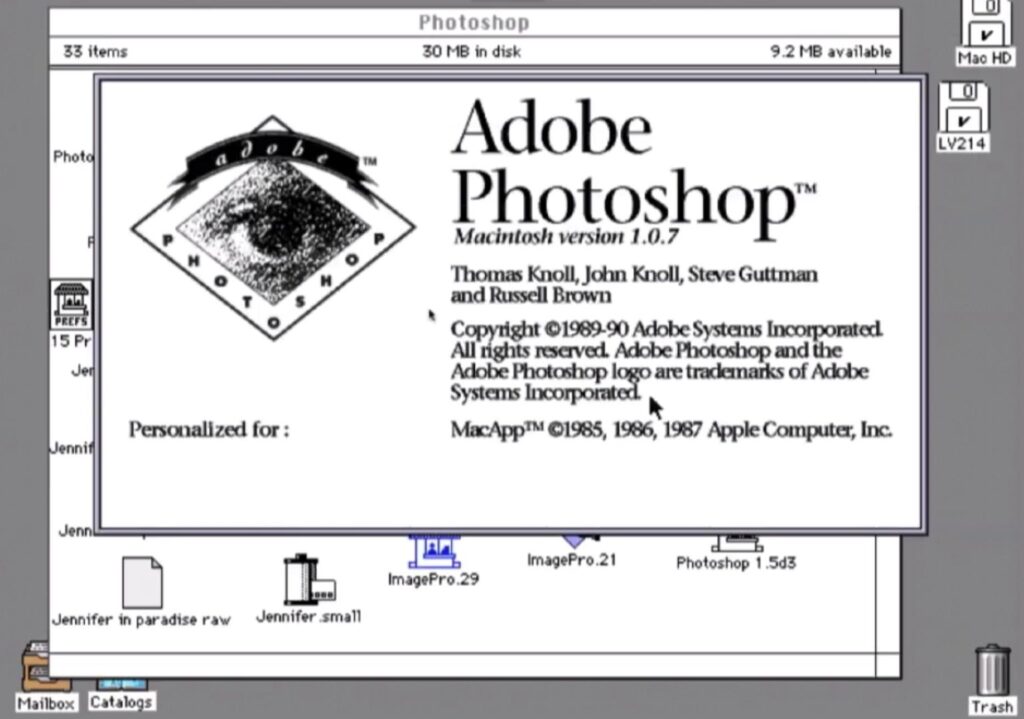
PDF and Beyond: Expanding the Product Line
In 1993, Adobe unveiled the Portable Document Format (PDF), along with Adobe Acrobat and Reader software. PDF soon became an international standard, ISO 32000-1:2008, revolutionizing document sharing and viewing. Adobe’s commitment to enhancing digital document management led to the widespread adoption of PDF, further cementing its role as a leader in document solutions.
Strategic Acquisitions: Expanding the Adobe Empire
Adobe’s journey of growth and innovation also included strategic acquisitions. In 1991, Adobe acquired Adobe Premiere, which later became Adobe Premiere Pro. This move expanded Adobe’s presence in the video editing and production software market.
In 1992, the company acquired OCR Systems, Inc., enhancing its document management capabilities. In 1994, the acquisition of the Aldus Corporation added PageMaker and After Effects to Adobe’s product lineup, as well as control over the TIFF file format, strengthening Adobe’s offerings in desktop publishing and graphic design.
In the same year, Adobe acquired LaserTools Corp and Compution Inc., broadening its reach into various tech domains. In 1995, Adobe added FrameMaker, a long-document desktop publishing application, to its product line after acquiring Frame Technology Corp. This strategic move positioned Adobe as a comprehensive provider of document solutions.
In 1996, Adobe acquired Ares Software Corp., further diversifying its software portfolio. In 2002, Adobe acquired Canadian company Accelio, also known as JetForm, expanding its capabilities in enterprise software solutions.
Adobe’s Creative Suite and Beyond
Adobe’s Creative Suite, which includes Design, Web, Production Premium, and Master Collection, made its debut in October 2008. This comprehensive suite offered a range of creative tools for professionals across various domains. The Windows version of Photoshop incorporated 64-bit processing, enhancing performance and productivity for creative professionals.
Adobe’s Evolving Landscape: Challenges and Triumphs
In 2005, Adobe made a monumental move by acquiring its main rival, Macromedia, in a stock swap valued at about $3.4 billion. This acquisition brought a plethora of products under Adobe’s umbrella, including ColdFusion, Dreamweaver, Flash, and more, solidifying Adobe’s position as a powerhouse in the tech industry.
The company continued to innovate and adapt to market changes. In 2008, Adobe introduced Adobe Media Player and discontinued its older HTML/web development software, GoLive, in favor of Dreamweaver. Adobe also ventured into web applications with Acrobat.com, tailored for collaborative work, highlighting its commitment to evolving technologies.
Adobe’s Pursuit of Excellence: Expansion and Acquisitions
In 2009, Adobe Systems announced its acquisition of Omniture, an online marketing and web analytics company, for $1.8 billion. This strategic move allowed Adobe to integrate Omniture’s products into the Adobe Marketing Cloud, enhancing its marketing offerings and analytics capabilities.
Adobe’s journey was marked by ongoing discussions and disputes with Apple over the lack of support for Adobe Flash on Apple’s devices. Steve Jobs cited security concerns, while Adobe maintained that Apple aimed to maintain control over its iOS platform, leading to a dynamic and well-publicized debate within the tech industry.
In 2018, Adobe partnered with Nvidia to optimize its AI and machine learning framework, Adobe Sensei, for Nvidia GPUs. This collaboration aimed to accelerate the development of AI-powered services for Adobe Creative Cloud and Experience Cloud users, signaling Adobe’s commitment to advancing the integration of AI in creative and marketing solutions.
Expanding Horizons: E-Commerce and Beyond
Adobe’s quest for growth continued with the acquisition of Magento Commerce in 2018 for $1.68 billion. This strategic move bolstered Adobe’s Experience Cloud business, offering analytics, advertising, and marketing services within an integrated platform, enhancing Adobe’s position as a leader in customer experience management.
The company further expanded its portfolio with the acquisition of Marketo, a marketing automation software company, later that year, solidifying its presence in the marketing technology space and offering a comprehensive suite of marketing solutions.
In 2020, Adobe faced the challenge of the COVID-19 pandemic, which led to the cancellation of the annual Adobe Summit. The event was held online, attracting millions of participants, demonstrating Adobe’s ability to adapt to changing circumstances and leverage digital platforms effectively.
A Future Full of Promise: Recent Developments
Adobe continued to evolve its offerings in 2020 by announcing its intention to acquire Workfront, a marketing collaboration software provider, for $1.5 billion. This strategic move highlighted Adobe’s commitment to enhancing its marketing and collaboration offerings, further strengthening its position in the marketing technology landscape.
In August 2021, Adobe unveiled its agreement to acquire Frame.io, a cloud-based video collaboration platform, valued at $1.275 billion. This strategic move reinforced Adobe’s dedication to enhancing its video-related services and expanding its capabilities in video collaboration and editing.
In September 2021, Adobe made a significant announcement about adding payment services to its e-commerce platform, providing merchants with the capability to accept payments, including credit cards and PayPal, directly through the Adobe platform. This strategic move positioned Adobe as a comprehensive provider of e-commerce solutions, catering to the needs of online businesses and merchants.
A Glimpse into the Future: Adobe’s Ambitious Plans
Looking ahead to September 2022, Adobe announced its agreement to acquire Figma, a software design start-up, for a staggering $20 billion. Figma’s cloud-based design software, competing directly with Adobe XD, presents exciting opportunities for Adobe’s design and creative software offerings. However, this acquisition is currently under regulatory scrutiny by the European Commission, highlighting Adobe’s commitment to navigating complex regulatory environments while pursuing innovative growth strategies.
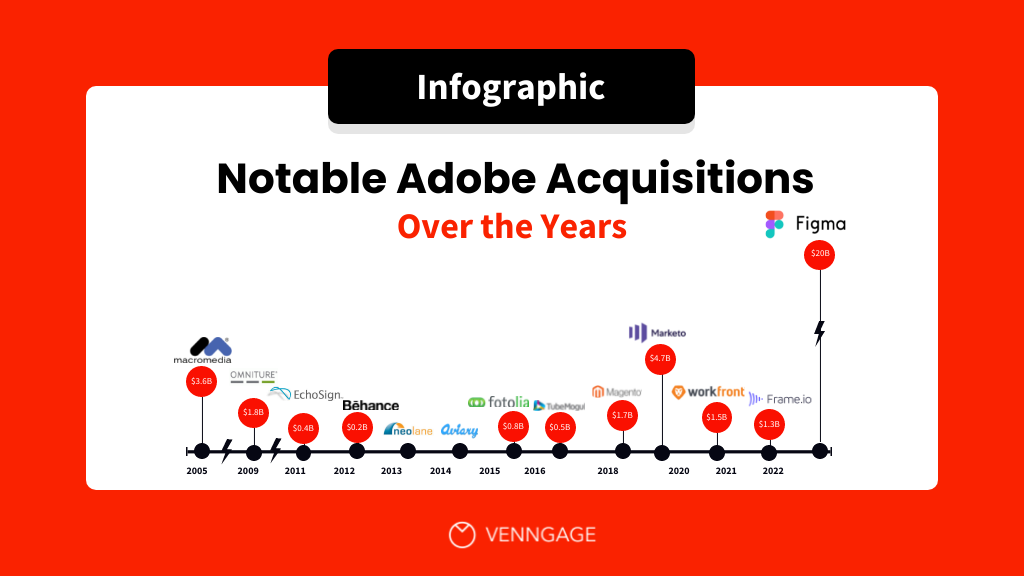
In conclusion, Adobe’s success story is a testament to its relentless pursuit of innovation, strategic acquisitions, and adaptability in a dynamic tech landscape. From its garage startup days to becoming a global leader in creative and marketing software, Adobe’s journey is nothing short of inspirational. As Adobe continues to explore new horizons and expand its portfolio, the future holds promise for even more groundbreaking achievements in the world of technology and creativity. Adobe’s commitment to excellence and its ability to evolve with the times make it a true industry leader and a symbol of creative innovation.
Also Read: Winning Formula of HBO: A Success Story in Storytelling
To read more content like this, subscribe to our newsletter



